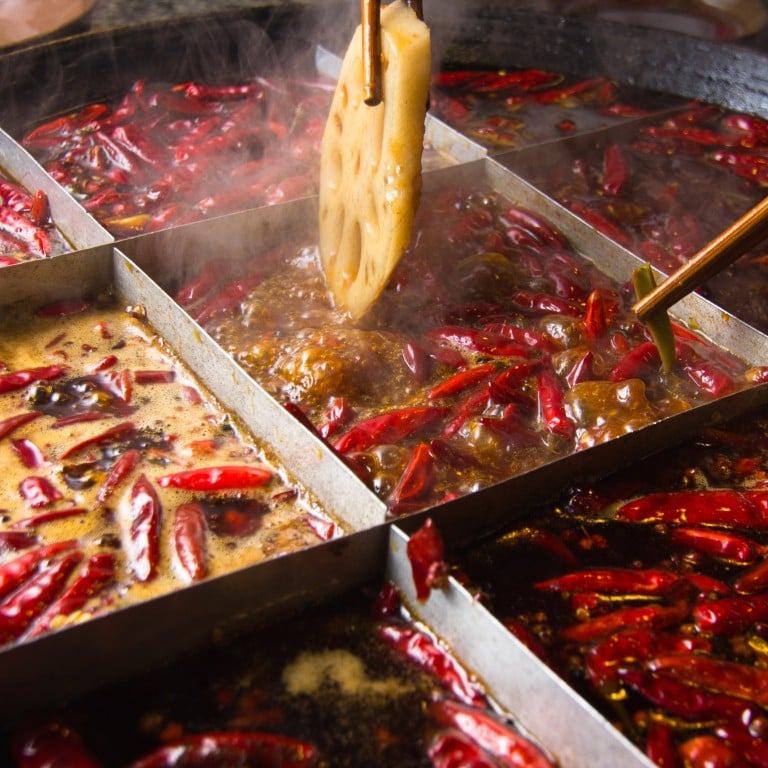Can eating hotpot be guilt-free? A nutritionist shows you how

Hotpot is one of the best meals for staying warm in winter, but some favourite meats, sauces and soup bases can be fattening, so how do we make it healthier?
Hotpot – a traditional Chinese cooking method where a simmering pot of soup stock sits in the centre of a dining table while people drop assorted ingredients, including meat, fish and vegetables, into the bubbling liquid – is one of the best meal choices to stay warm in winter.
Whether it is enjoyed at home or at a hotpot restaurant, you can spend a great deal of time with your companions and letting time fly while the soup boils.
The downside though, is that the more time one spends at hotpot, the more hidden calories one is likely to consume.
If you love to eat hotpot yet do not want to gain a few extra pounds then check out these healthy eating strategies.
Choose your soup base wisely
The secret to a scrumptious hotpot lies within the soup base.
It adds flavours to the foods and creates an aroma that is hard to resist.
Popular soup bases such as satay, curry, pork bone and Sichuan chilli are favourites among hotpot lovers, but they tend to be oily and are higher in calories, fat and sodium.
